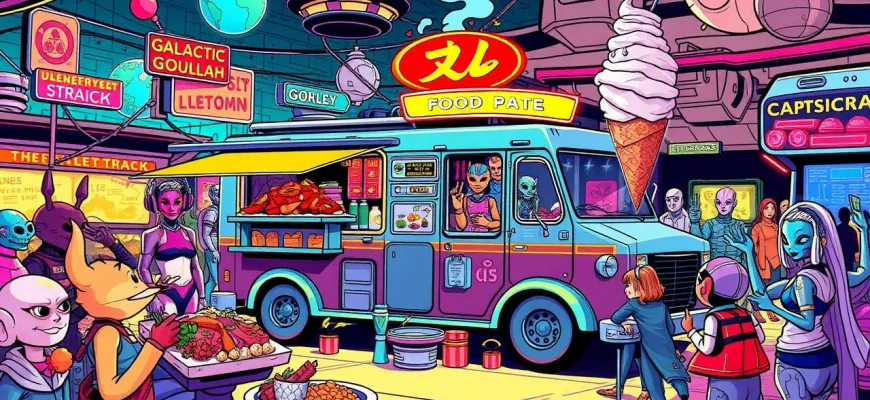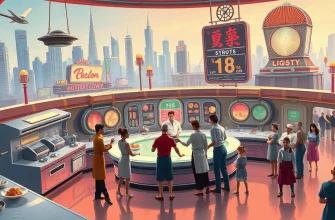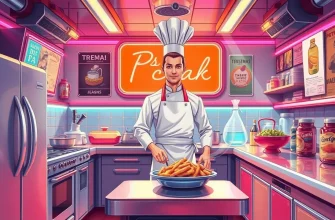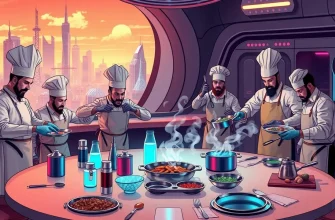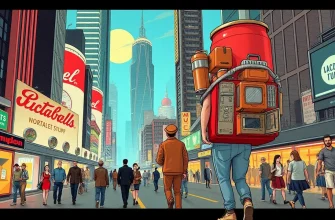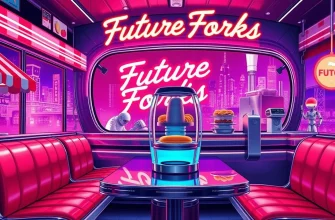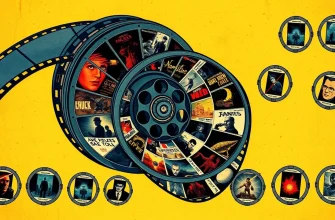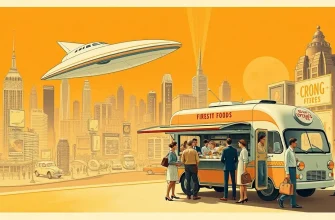Fancy a bit of futuristic feasting? This collection of films blends the imaginative realms of science fiction with the universal love for food. From dystopian societies where food is a luxury to alien cuisines that challenge our taste buds, these films offer a unique perspective on how food might evolve in the future. Whether you're a foodie or a sci-fi enthusiast, this list promises to serve up a delightful mix of entertainment and culinary curiosity.
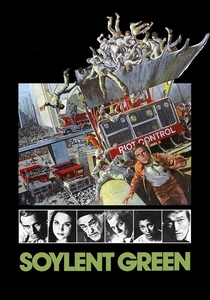
Soylent Green (1973)
Description: In a world where overpopulation has led to food scarcity, Soylent Green offers a grim look at the future of food. The film's twist ending about the source of the titular food product has become iconic in sci-fi cinema.
Fact: The film was based on the novel "Make Room! Make Room!" by Harry Harrison, and the term "Soylent" has since been used in various contexts to refer to synthetic or alternative foods.
 Watch Now
Watch Now
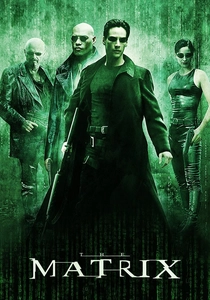
The Matrix (1999)
Description: While not primarily about food, the film explores the concept of humans being used as an energy source, with food being a mere illusion in the virtual world. The idea of consuming "liquid food" in the real world is a fascinating aspect of the film's dystopian setting.
Fact: The film's famous "red pill or blue pill" scene has become a cultural reference for choosing between harsh reality and blissful ignorance.
 Watch Now
Watch Now

The Island (2005)
Description: In this film, clones are raised in a facility where they believe they are living in a utopia, but in reality, they are being harvested for their organs and tissues, including for food production.
Fact: The film features a futuristic setting with advanced technology, exploring themes of identity and freedom.
 Watch Now
Watch Now
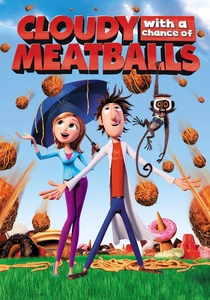
Cloudy with a Chance of Meatballs (2009)
Description: This animated film takes the concept of food from the sky to a whole new level, where a scientist's invention causes food to rain down from the clouds, leading to both hilarious and disastrous consequences.
Fact: The film was inspired by the children's book of the same name by Judi and Ron Barrett, but the plot was significantly expanded for the movie.
 Watch Now
Watch Now
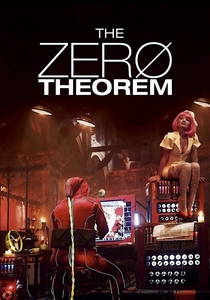
The Zero Theorem (2013)
Description: While not directly about food, the film's setting in a future where virtual reality is prevalent includes scenes where characters consume synthetic or virtual food, highlighting the detachment from real-world experiences.
Fact: The film was directed by Terry Gilliam, known for his unique visual style and dystopian themes.
 Watch Now
Watch Now
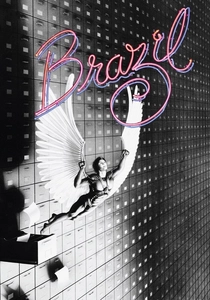
Brazil (1985)
Description: Terry Gilliam's dystopian satire includes scenes where food is bland and mass-produced, reflecting the oppressive and bureaucratic society in which the story takes place.
Fact: The film's title is a reference to the song "Aquarela do Brasil," which plays during the opening credits.
 30 Days Free
30 Days Free

The Cook, the Thief, His Wife & Her Lover (1989)
Description: Although not strictly sci-fi, the film's setting in a futuristic restaurant and its exploration of power, food, and revenge through culinary means makes it a fitting addition to this list.
Fact: The film features elaborate set designs by Peter Greenaway, with each room of the restaurant having a different color scheme.
 30 Days Free
30 Days Free
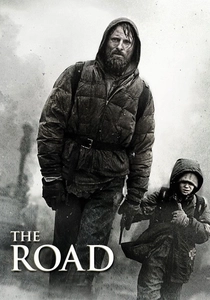
The Road (2009)
Description: Set in a post-apocalyptic world where food is scarce, this film explores survival through the lens of a father and son's journey, highlighting the desperation and ingenuity in finding sustenance.
Fact: The film is based on the Pulitzer Prize-winning novel by Cormac McCarthy.
 30 Days Free
30 Days Free
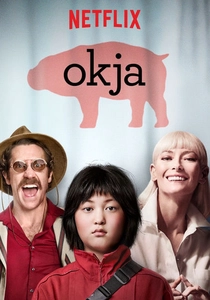
Okja (2017)
Description: This film delves into the ethics of food production, focusing on a genetically modified "super pig" that becomes the center of a corporate conspiracy. It's a poignant look at the future of food and animal rights.
Fact: The film was produced by Netflix and received widespread critical acclaim for its storytelling and visual effects.
 30 Days Free
30 Days Free

WALL-E (2008)
Description: While primarily an environmental tale, WALL-E includes scenes where humans are fed through automated systems, showcasing a future where food is processed and delivered in a highly controlled manner.
Fact: The film was praised for its minimal dialogue, relying heavily on visual storytelling.
 30 Days Free
30 Days Free

